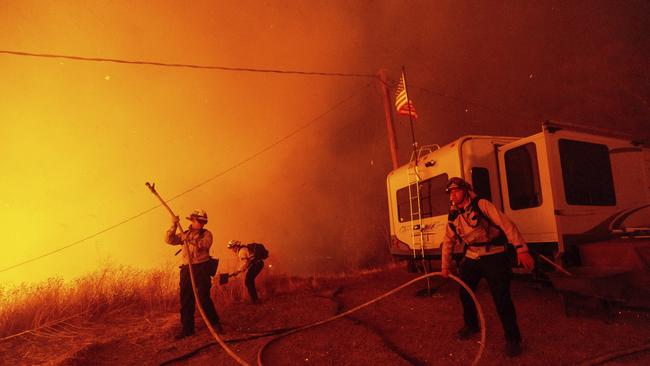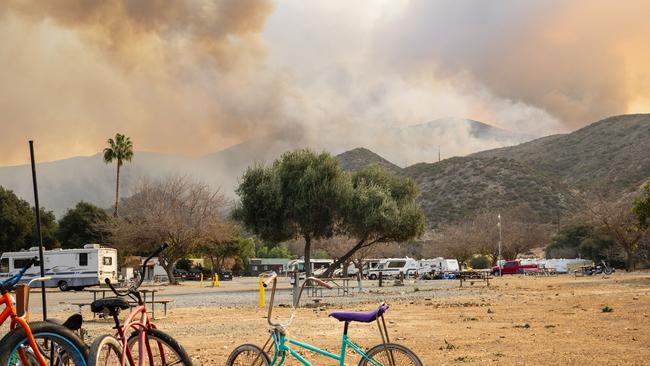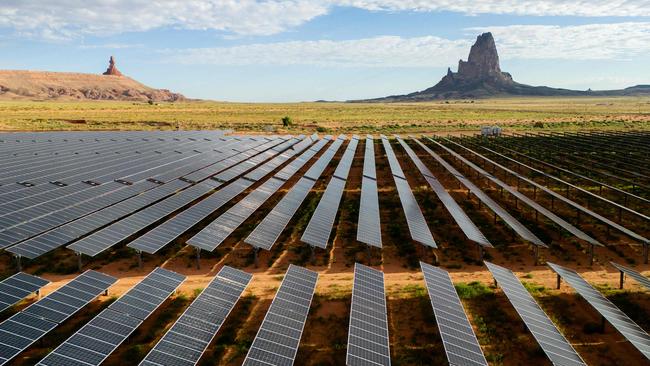What climate spending really costs the world

Across the world, public finances are stretched dangerously thin. Per person growth continues dropping while costs are climbing for pensions, education, healthcare and defence.
These urgent priorities could easily require an additional 3-6 per cent of GDP. Yet green campaigners are loudly calling for governments to spend up to 25 per cent of our GDP choking growth in the name of climate change.
If climate Armageddon were imminent, they would have a point.
The truth is far more prosaic. Two major scientific estimates of the total global cost of climate change have been published recently. These are not individual studies, which can vary (with the costliest studies getting copious press coverage).
Instead, they are meta-studies based on the entirety of the peer-reviewed literature.
One is authored by one of the most cited climate economists, Richard Tol; the other is by the only climate economist to win the Nobel prize, William Nordhaus.

The studies suggest that a 3C temperature increase by the end of the century – slightly pessimistic based on current trends – will have a global cost equivalent to between 1.9 per cent and 3.1 per cent of global GDP.
To put this into context, the UN estimates that by the end of the century, the average person will be 450 per cent as rich as he or she is today.
Because of climate change, it will feel like “only” 435-440 per cent as rich as today.
Why is this so different from the impression we have been given in the media?
Alarmist campaigners and credulous journalists fail to account for the simple fact that people are remarkably adaptable and tackle most climate problems at low cost.
Take food. Climate campaigners warn we’ll starve, but research shows that instead of a 51 per cent increase in food availability by 2100, if there were no climate change we are on track for “only” a 49 per cent increase.
Or weather disasters: they killed half a million people annually in the 1920s, whereas the last decade saw fewer than 9000 fatalities each year.
The 97.5 per cent reduction in mortality is because people are more resilient when they’re richer and can access better technology.

Extremist climate campaigners and far-left politicians reveal their true colours when they push for “de-growth” to cut emissions.
Making people worse off and reversing gains against extreme poverty would be a tragic mistake, making it harder to address all our other problems.
Moreover, it is laughable to think the West’s adversaries like Vladimir Putin will embrace a similar approach.
More responsible politicians “only” want to achieve net-zero carbon emissions by 2050. But this approach still means slowing growth in the name of climate change, by forcing businesses and individuals to use less-efficient green energy instead of fossil fuels.
The total costs would be enormous, between $15 trillion and $37 trillion each year throughout the century, equivalent to 15-37 per cent of global GDP today.
Given wealthier OECD countries will foot most of this bill, the price tag will be the equivalent to each person in the rich world paying north of $10,000 every year.
Not only will this be politically impossible, but the benefit will be a far smaller 1 per cent of GDP across the century.
The real cost of inefficient climate policy is that it distracts resources and attention from other priorities.

Europe offers an abject lesson. Twenty five years ago, the EU proclaimed that with massive investments in R&D throughout the economy, it would become “the most competitive and the most dynamic knowledge-based economy in the world”.
It abjectly failed: innovation spending hardly budged and the EU is now far behind the US, South Korea, and even China.
Instead, the EU switched focus and with a near-myopic climate obsession opted for a “sustainable” economy over a sound one.
The EU’s decision to increase its 2030 emission reduction targets was pure virtue-signalling. The cost is likely to top several trillion euros, yet the entire effort will merely reduce temperatures by the end of the century by a trivial 0.004C.
Not focusing on innovation has stunted Europe. The euro area has seen anaemic annual growth over the past decade of just over 1 per cent per person.
For the two trillion euros it has spent on symbolic climate policy, the EU could have lived up to its own innovation spending targets.
Investment in innovation could have made the EU and the world €60 trillion richer in the long run, generating 500 times more benefits than its symbolic climate policy benefits.
Crucially, it would have allowed the EU more leeway to tackle other key challenges like pensions, education, healthcare and defence.
The rest of the world needs to pay heed to Europe’s example and stop wasting money on bad climate policies.
Bjorn Lomborg is president of the Copenhagen Consensus, Visiting Fellow at Stanford University’s Hoover Institution, and author of False Alarm and Best Things First.




